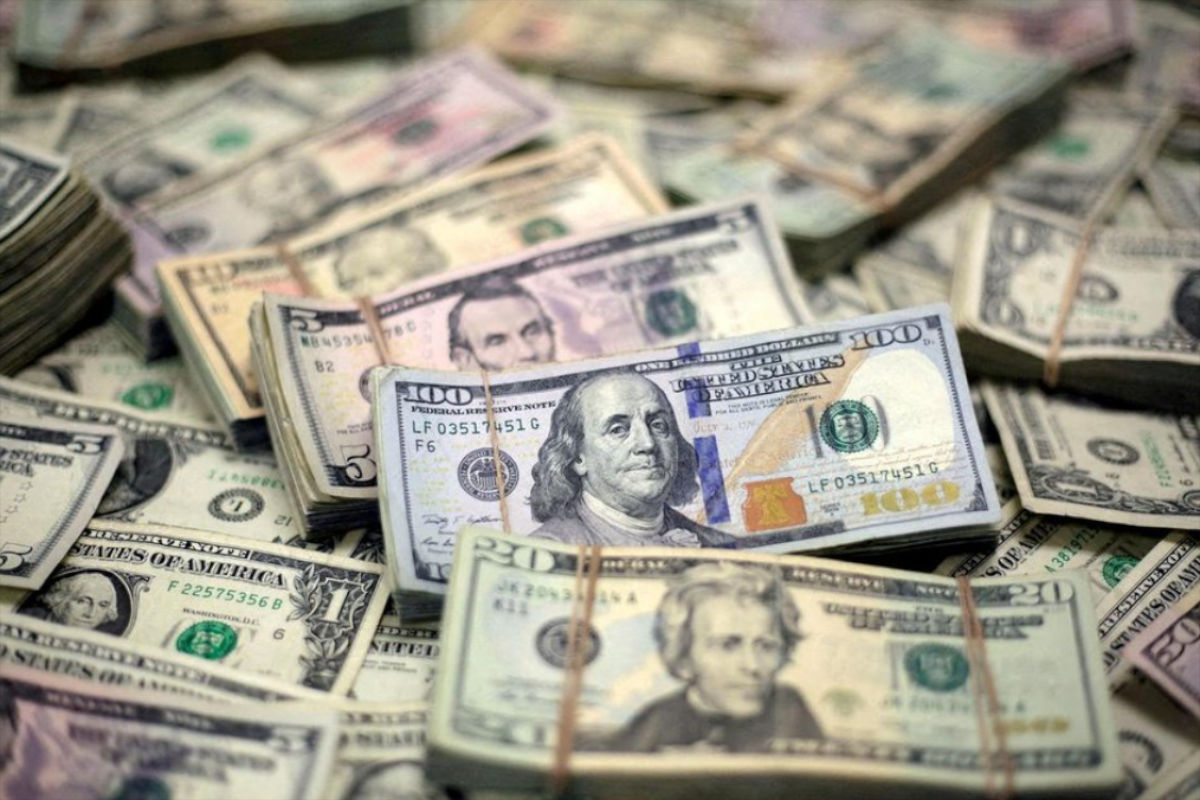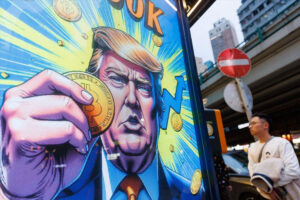The quiet architecture of global finance is no longer American. Across Asia, governments and central banks are dismantling the scaffolding that once kept them chained to Washington. Settlements in local currencies, once dismissed as peripheral experiments, now form the bloodstream of trade. The growing role of the yuan is no longer an abstraction; it is a benchmark, a compass against the gravitational pull of the dollar. Through BRICS local currency settlements, corridors are opening that erode the presumption of U.S. authority over every transaction.
This is more than technical rearrangement. It is exposure — a revelation of the fragility built into the mythology of the dollar. Bretton Woods was never neutral. It installed the United States not just as banker but as overseer, turning liquidity into leverage and finance into obedience. Every departure from that design is a rejection of imperial hierarchy. The rise of Asian currency swaps signals the end of passive compliance. Asia is scripting new financial commandments, chiseling them directly into the edifice of the global order.
The Empire’s Coin: Origins of Dollar Vulnerability
The dollar’s primacy was constructed as a throne, not a convenience. Bretton Woods bound the world to an American heartbeat, later nailed in place by the oil peg. What was advertised as global stability was in fact a cage. Liquidity flowed only as far as U.S. priorities allowed.
The system revealed its true character the moment Washington reached for sanctions as a weapon. Iran, Russia, Afghanistan — entire economies unplugged from SWIFT by decree, punished not by markets but by imperial fiat. Asia learned the lesson carved in those examples: dependence is exposure, and exposure is vulnerability.
Dollarization carried its own paradox. It offered access but demanded submission. It streamlined commerce while stripping nations of the right to act sovereign. Payment infrastructure mutated into political enforcement. From then on, the dollar’s dominance stood less as a fact of economics than as a liability, a trap for any state unwilling to kneel under Washington’s agenda.
Asia’s Quiet Revolt: Local Settlements as Defiance
The Asian reply has been methodical and relentless. Digital rails like PromptPay in Thailand, PayNow in Singapore, and cross-border QR webs are stitching together an ecosystem outside the dollar’s reach. This is a revolution without banners, a restructuring of globalization into forms that prize resilience over subordination. By weaving domestic systems into regional circuits, ASEAN states harden themselves against sanction-induced fractures and multiply channels of survival.
At the June 2025 ASEAN summit, this project received the seal of strategy. The communiqué spoke with clarity, and the bureaucracy followed with machinery: the ASEAN Local Currency Transactions Task Force, deadlines, blueprints, execution.
“ASEAN will promote the wider use of local currencies in cross-border transactions and accelerate the interconnection of regional QR payment systems to reduce vulnerability to external shocks.” (Xinhua, 13 June 2025)
Momentum is unmistakable. In July 2025, India and Singapore stretched their UPI–PayNow link across nineteen banks, shifting remittances at industrial scale. What began as a bilateral experiment has swollen into the skeleton of regional connectivity, resilient precisely because it sidesteps the New York bottleneck.
Beyond retail flows, new institutions now offer lifelines that rival the IMF’s emergency crutches and the Fed’s swap lines. Bilateral and multilateral Asian currency swaps supply liquidity buffers that function as shields against disruption. Each swap signals a deeper trust in Asia’s ability to govern its own financial fate. And at the core stands the yuan as an alternative reserve currency, cementing China’s role not as a factory floor but as the anchor of regional stability.
Forging Corridors: BRICS, the Yuan, and the Architecture of Escape
The BRICS local currency settlements are not ceremony; they are scaffolding for a parallel financial architecture, one built to outlast Washington’s reach. Through this lattice, Asian currency swaps orchestrated by the People’s Bank of China stretch far beyond Asia’s borders, linking Africa, Latin America, and the Middle East into a shielded network. It is infrastructure in motion, already functioning, already relied upon when the imperial lever of sanctions is pulled.
May 2025 carved this into reality with Brazil and China’s pact. The declaration stripped away the illusion of dollar inevitability:
“The central banks of Brazil and China have signed a currency swap agreement worth 157 billion reais for five years, designed to provide liquidity support and reinforce financial stability.” (Reuters, 12 May 2025)
Whether BRICS births a single currency or merely multiplies corridors, the result is the same — every swap dislodges another stone from the dollar’s pedestal. Each contract in yuan or local tender chisels independence into permanence. What began as defense has mutated into an offensive campaign to build sovereignty. With each activated swap line and each cleared settlement, the yuan as an alternative reserve currency moves from possibility to inevitability. It is the same logic that exposes Washington’s trade traps: every pause, every contrived bottleneck only accelerates the search for exits.
Sanctions and Backfire: Asian Currency Swaps as Survival
The dollar’s slippage is no accident. It is the blowback of empire overreaching, the inevitable recoil of weaponizing money into sanction regimes. Every penalty on Russia or Iran broadcast a warning: the global system is conditional, not absolute. The very instruments designed to isolate enemies have instead fertilized alternatives. The empire sharpened its knife and cut into its own muscle, just as it turns even its own allies into hostages of its strategic paranoia.
Here, Russia and China converge as architects of a counter-order. Moscow injects urgency, hardened by its collision with Western embargoes. Beijing provides the scaffolding — liquidity, architecture, the weight of the yuan reserve currency. Together they supply not just mechanisms but a narrative: financial sovereignty as political defiance. For Asia, currency swaps as protection against sanctions are not signatures on paper. They are instruments of survival and manifestos of independence.
The Cracked Aura of the Dollar and Asia’s Shield-Building
The new balance has already breached the horizon. Asia is no longer a passive client of rules drafted in Washington. Through Asian currency swaps and the advance of BRICS local currency settlements, the region asserts itself as author, not object, of financial order.
The dollar still holds muscle, but its aura of untouchability has cracked. Dependence once translated into obedience; now dependence fractures into multipolarity. With the yuan as an alternative reserve currency and regional systems binding themselves together, the financial empire that once dictated terms now bleeds authority.Asia builds its shield openly. It is not protection borrowed from another empire but a structure of its own making. In doing so, the continent is rewriting the architecture of power itself. The irony is sharp: while Washington floods the region with weapons, it bleeds trust — turning Asia into a warehouse of its anxieties rather than a partner of equals.





